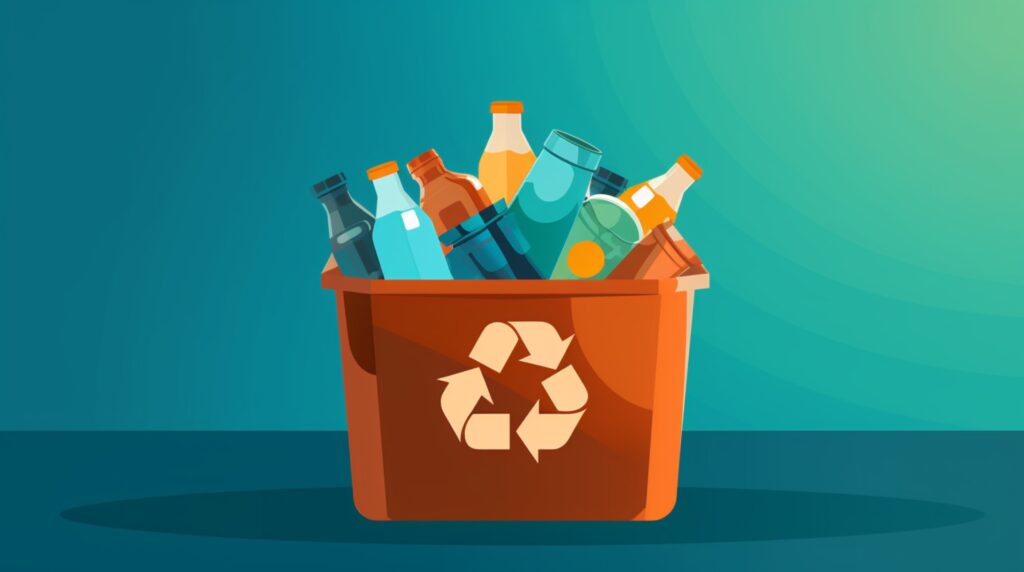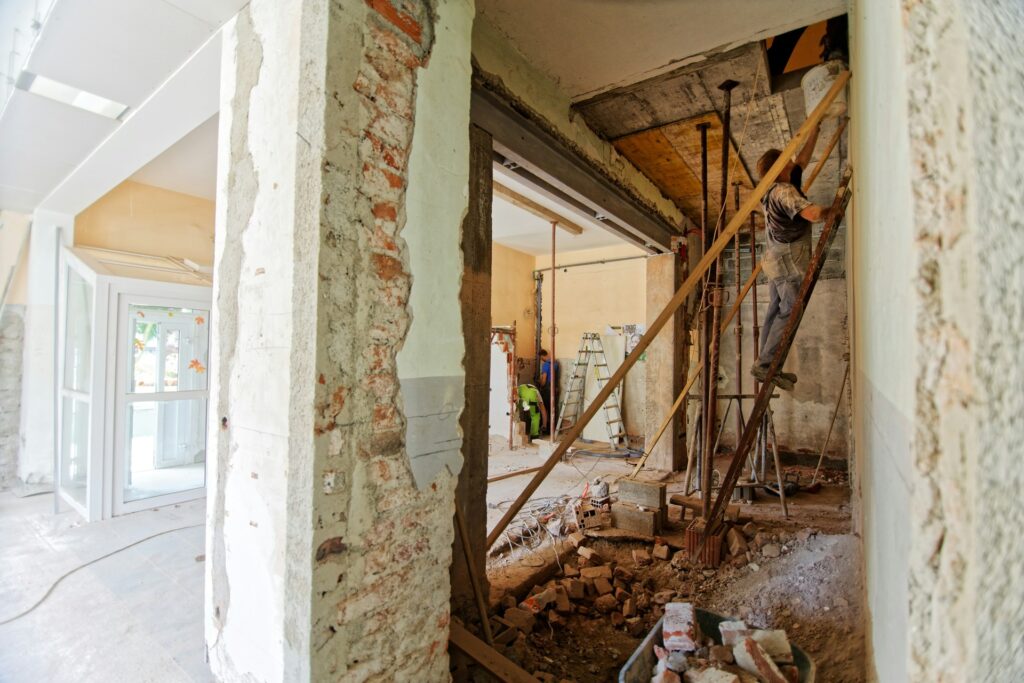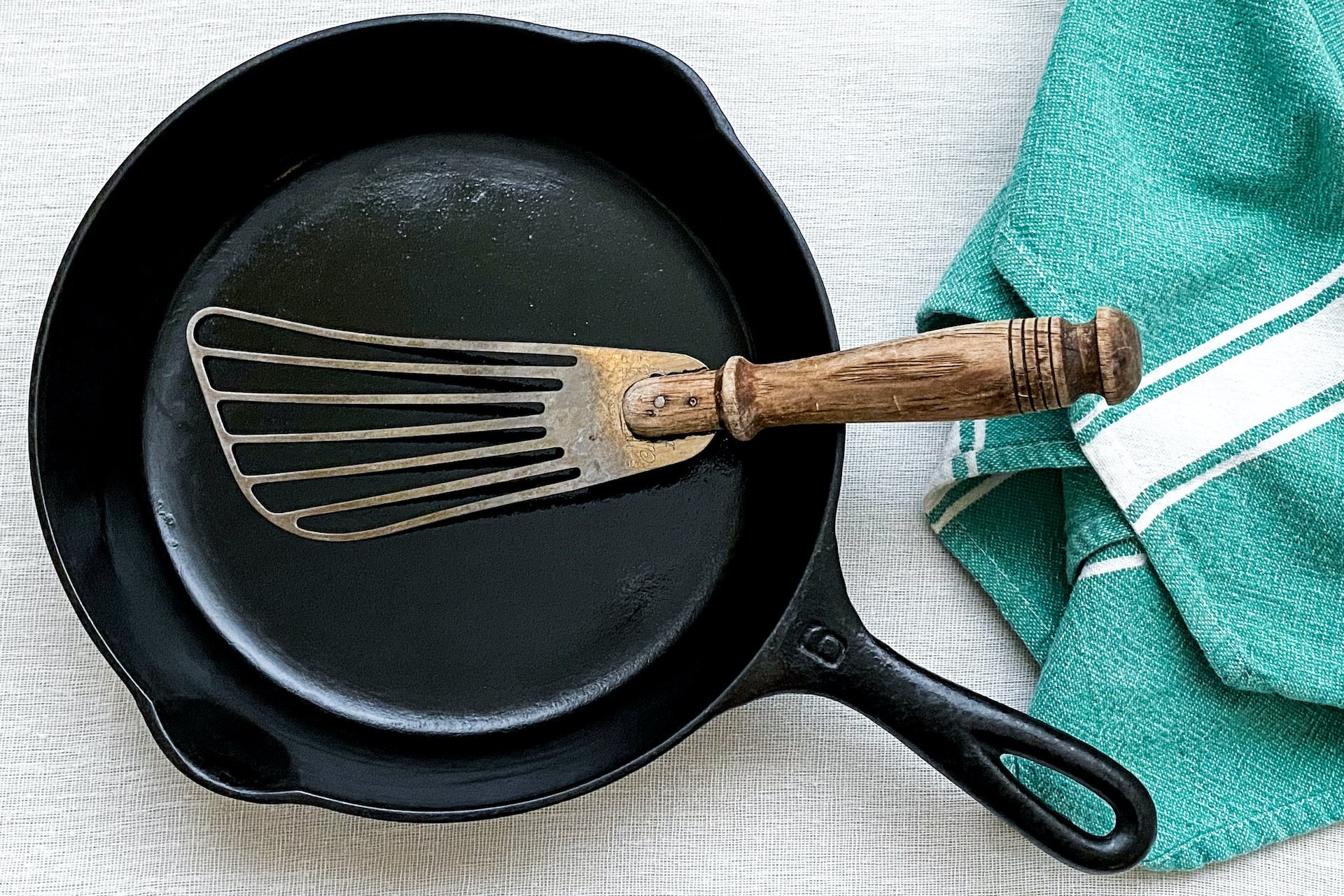
We are reader-supported. When you buy through links on our site, we may earn an affiliate commission.
Which cleaning method keeps cast iron in the best condition? Plenty of people have opinions on the matter, but many are probably outdated. Do you know how to clean a cast iron skillet the right way?
When Should You Clean Cast Iron?
Ideally, you should clean your cast iron after every use to protect it from any leftover residue that may rust or damage it. If that much work seems daunting, you can relax — saving the process for when it dulls or before reasoning works nearly as well. Frequent or regular cleanings keep it in the best condition, but putting it off rather than cleaning it incorrectly might be the best choice. Simply wiping it out is better than putting it in the dishwasher or letting it soak.
Be mindful that you want to clean cast iron right after cooking while it’s still warm to the touch. You’ll have an easier time because you’ll need to do less scrubbing and it’ll prevent any residues or odors from sticking.
How to Clean a Rusty Cast Iron Skillet
Rust forms on the surface of cast iron in reddish-orange patches and flakes off as more forms. It’s unsafe to ingest, so you should take care of it before cooking. While a little bit is fine, it can alter the taste of whatever you make and make food stick to the pan. You should know how to remove rust from a cast iron skillet to keep it in the best condition. The process is slightly different from the regular cleaning methods.
The easiest way to clean a rusty cast iron skillet is the vinegar and water trick — you just have to submerge it for a few hours. Although soaking it in a sink seems to go against common sense — and might even be why it’s rusted in the first place — it’s actually okay. The solution is acidic enough that it won’t let any more form immediately. Also, distilled white vinegar comes in various strengths, so getting a type gentle enough for your cast iron is easy.
Mix equal amounts of vinegar and water and make sure you fully cover your skillet in the mixture. You might have to wait hours, but it depends on how rusty everything is. Now, while it’s fine to leave it in there for a while, you should still frequently check up on it. The vinegar starts to eat away at it when the rust is gone, so keep the exposure to a minimum. Wait until most of the flakes are gone and then take it out.
The other method involves reseasoning. It’s ideal for pans with less rust. Simply set your oven to 450 degrees, oil your pan and leave it in for up to an hour. Repeating the process can burn off the flakes and get your pan back in shape.
How to Clean a Cast Iron Skillet
Although many swear by a specific cleaning style, whatever works for you is best. You can choose one of these five methods the next time you need a clean cast iron.
- Salt
How do you clean cast iron without ruining it? Using salt is a tried-and-true method. It’s gentle on a skillet’s surface but abrasive enough to handle stubborn residue. Sprinkle some on the inside while waiting for the water to heat up. Scrub with a sponge or soft bristles under hot water until you get all the gunk out. Dry it thoroughly and then buff it with a small amount of oil.
- Boiling Water
After cooking, you can boil water in your skillet to get rid of any remaining food. It’s basically like soaking your dishes, except it’s a lot faster and doesn’t increase the risk of rust. After bringing it to a boil, turn the heat down and let it simmer.
You’ll see residue float up, soften up or dissolve. Remove the pan from the burner after a few minutes and dump it out. You can scrub anything that’s left with hot water and a sponge. Dry it off entirely and oil it before putting it away.
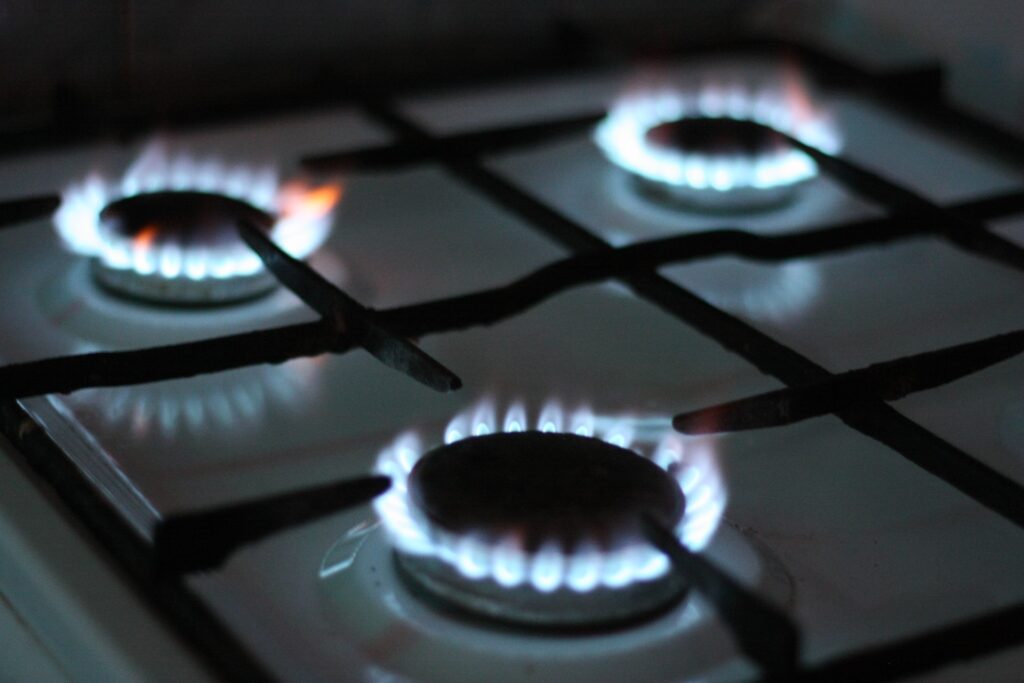
- Vinegar
Vinegar contains acetic acid, meaning it can clean effectively while killing pathogens. It’s a great natural cleaning solution, but be aware that you only need a small amount. This method is primarily for super stuck-on food or greasy residue buildup.
Bring one part water to three parts vinegar to a boil in the cast iron skillet. Turn down the heat and let it simmer. Remove it from the burner once a few minutes pass and add baking soda to deep clean it. Wait for the fizziness to calm down and then dump the mixture down the drain. Any remaining food or grease should be much easier to scrub now.
- Baking Soda
The baking soda method is simple and effective because it makes scrubbing easier while neutralizing any leftover tastes or odors. Sprinkle a generous amount on the skillet before running it under hot water. You might see a paste form when scrubbing. Rinse it off completely and make sure there’s no trace of baking soda left. Dry everything off and buff it with oil to finish.
- Dish Soap
Can you use dish soap on cast iron? Your instinct might be to answer with a resounding “no,” but using it is totally okay — even though you’ve probably heard otherwise. On top of it being more gentle than it used to be, a well-seasoned pan can easily withstand a mild cleaner. This method is excellent if you plan on reseasoning.
Use a sponge with a small amount of mild soap and make sure the water is warm. Scrub gently and rinse off all the suds before drying your skillet. Dab some oil onto a paper towel and rub it on the inside and bottom. Season it after to restore the oils you removed when cleaning.
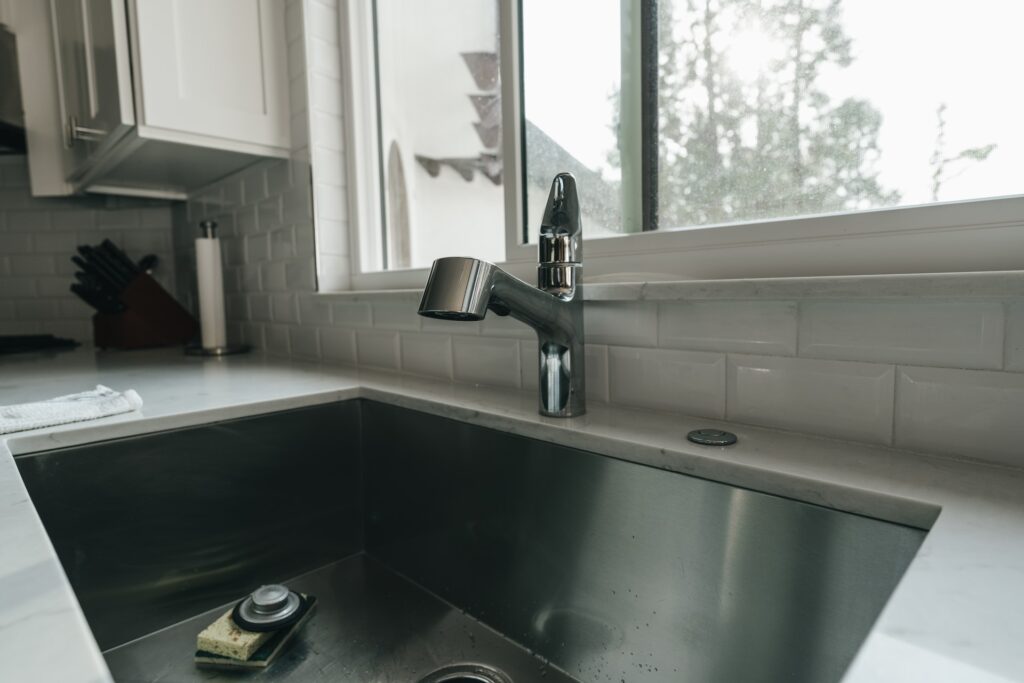
Should You Reseason After Cleaning?
How often do you season cast iron? You don’t have to reseason after every cleaning, but it’s sometimes necessary. For example, you must do it if you use dish soap to restore the oil you remove. Although you get the best use out of your pan when it’s in the best condition, doing it two or three times every year is okay. You can use any oil you have on hand, but types with a neutral flavor capable of handling high heat work best.
Keep Your Cast Iron in Great Condition
Gently cleaning your cast iron can go a long way in keeping it in the best condition. The process is pretty straightforward, whether you’re doing it after cooking or to get rid of rust. Just make sure you keep your pan dry, oiled and stored correctly afterward.



